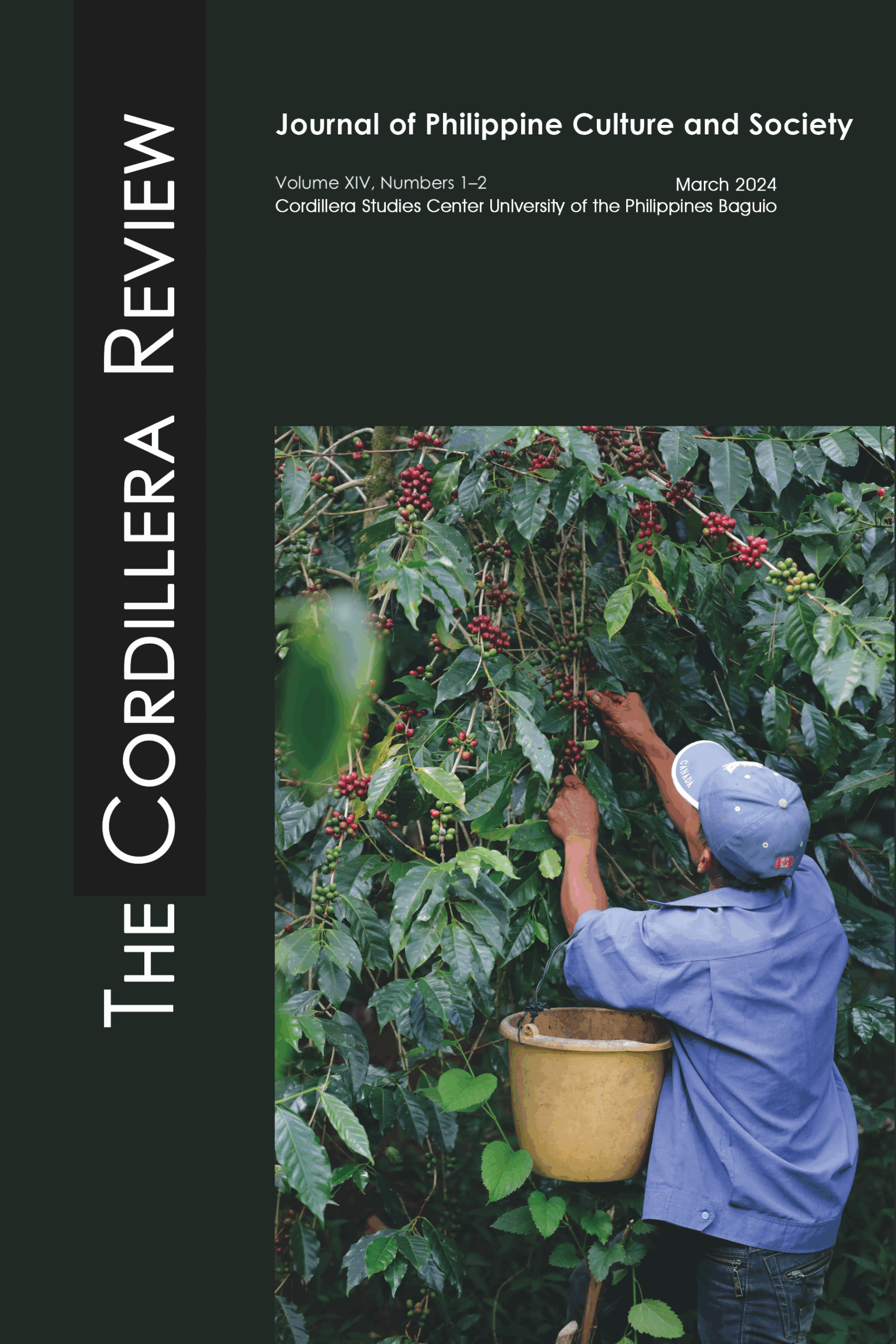Pleasure Trail: American Land Travels to Baguio, 1900s to 1920s
The Cordillera Review: Journal of Philippine Culture and Society
During the American colonial period in the Philippines, Americans from different backgrounds made the upland trip to Baguio, the sole colonial hill station in the colony, primarily because of its cooler climate. Through an analysis of American travel accounts, I will show that the pace of traveling to Baguio had a particularly profound influence on American travelers’ multisensory experiences while in transit. Before the Benguet Road was completed and opened in 1905, travelers endured slow and difficult travel conditions, so they saw themselves as resolute individuals who were worthy of the sensory delights that the highland environment offered. When the Benguet Road was opened and motorized vehicle transportation to Baguio was introduced shortly afterward, the faster pace of travel made American travelers captivated by the experiences of an easier and more sensorily overwhelming climb to the hill station.
Keywords
Baguio
American colonial period
travel writing
highland-lowland
mobilities
Faculty Involved:

Carlos Joaquin R. Tabalon
Teaching Associate
Focus: interdisciplinary intersection of history and geography, transport and mobility history, history of public works, urban history



